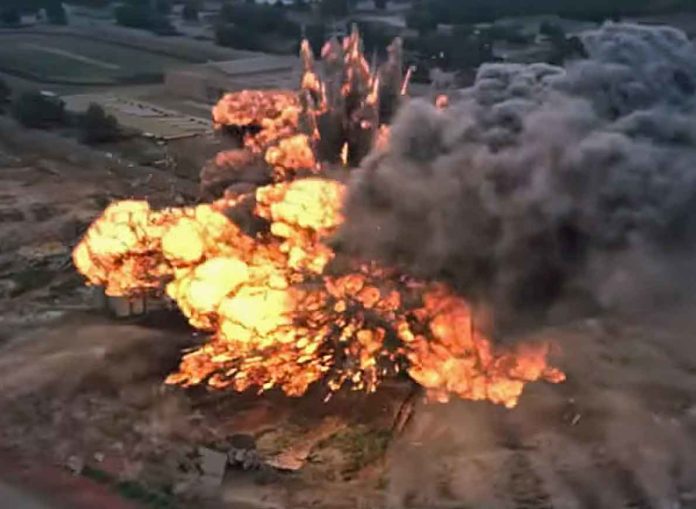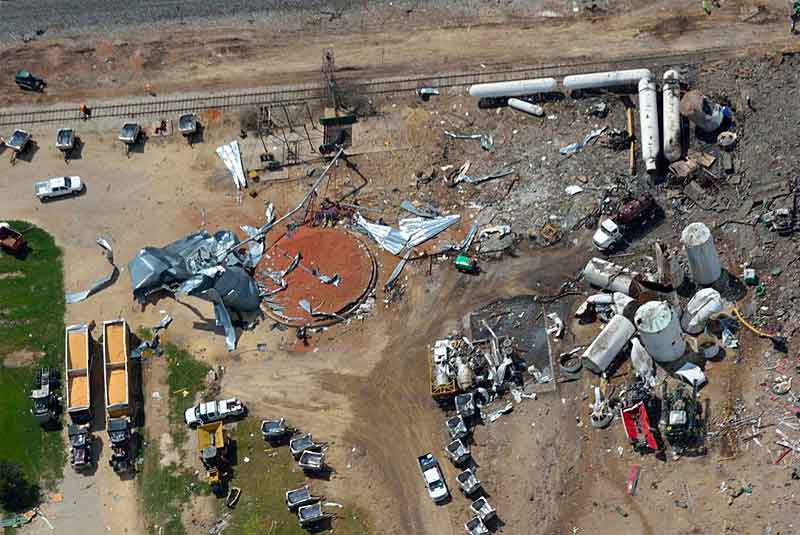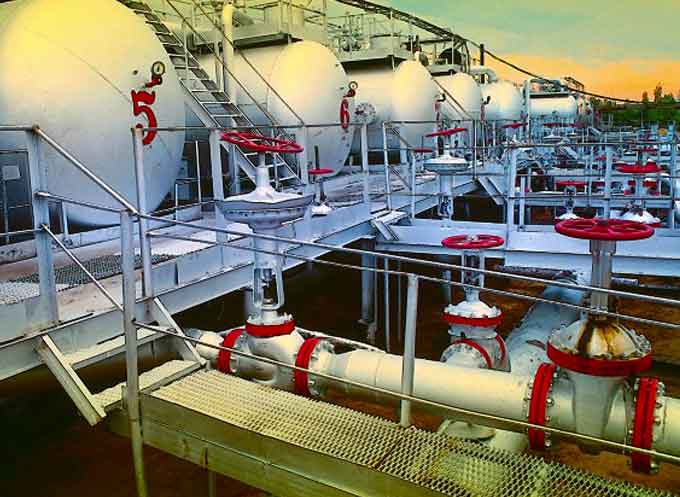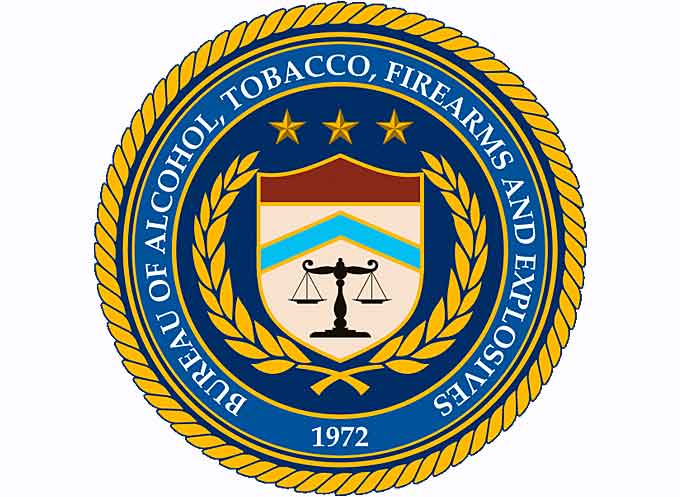
By Dave Wulf, Acting Deputy Assistant Secretary for the Office of Infrastructure Protection
Five years ago, a fire broke out at a small fertilizer plant in the town of West, Texas, sending local volunteer fire departments racing to the scene.
Twenty minutes later, the plant exploded, fatally injuring 12 emergency responders and 3 members of the public, sending a cloud of smoke up over the town, and causing more than 260 injured residents to seek medical care.
The force of the explosion blew out windows and destroyed walls.
(On April 17, 2013, an ammonium nitrate explosion rocked the town of West, Texas, killing 15 people, injuring over 160, and destroying over 150 homes and businesses. Poor hazard awareness, inadequate emergency planning and limited regulatory oversight contributed to this explosion. Courtesy of AIChE Academy and YouTube. Posted on Jul 18, 2016.)
During the years of recovery that followed, more than half of the damaged buildings nearby– including two schools, an apartment complex, a nursing home, and hundreds of houses – had to be demolished.
Who was responsible for the fire remains unsolved, with an outstanding reward of $50,000 being offered by the Bureau of Alcohol, Tobacco, Firearms, and Explosives (ATF).
While the 2013 incident was not considered a terrorist attack, it serves as a stark reminder that the very workplaces that drive our economy could also, if unprotected and targeted by an adversary, be the source of death and destruction.

Terrorists have a long history of being attracted to the use of chemicals in an attack, and facilities with chemicals continue to be targeted by terrorist groups around the world seeking to cause releases onsite or acquire materials to be used in attacks elsewhere.
The Department of Homeland Security’s (DHS) Chemical Facility Anti-Terrorism Standards (CFATS) regulatory program was born in 2006, when Congress, recognizing the continued threat, acted to close security gaps at high-risk facilities.
After more than 11 years, the CFATS program has worked with companies to implement tens of thousands of security measures that reduce the risk posed by more than 300 potentially dangerous chemicals.
The program focuses on preventing chemicals from being stolen, diverted, sabotaged or deliberately released by terrorists or other bad actors.
CFATS currently covers approximately 3,400 chemical facilities that have been assessed to present a high risk of terrorist attack or exploitation, and California is home to approximately 350 of them.
Chemicals are essential to a broad swath of American businesses, and with few exceptions, the CFATS regulation and its initial reporting requirements apply to any facility holding threshold amounts of designated “chemicals of interest.”
(See a Progress Report on the Chemical Facilities Anti-Terrorism Standards Program (CFATS). Courtesy of energyandcommerce and YouTube. Posted on Jun 14, 2018.)
The universe of high-risk facilities is accordingly diverse—ranging from chemical manufacturers and refineries to universities, laboratories, and agricultural retailers—and is not limited to those traditionally considered part of the chemical industry.
Take the wine industry in California, for example.
While your glass of merlot may not spring to mind as a potential terrorist weapon, some wineries use high-risk chemicals to sanitize and disinfect equipment or to facilitate refrigeration.
When used properly, these chemicals are an important part of commerce—in the wrong hands, they can be deadly.
From perimeter controls to cyber security measures, CFATS has been very successful in enhancing security at high-risk chemical facilities.

The program is targeted at the highest-risk facilities and, importantly given the diversity of the chemical sector, it is a flexible regulatory framework, providing a non-prescriptive set of standards that can be tailored to a company’s operating environment.
We have built a regulatory environment grounded in continuous, constructive dialogue with industry stakeholders–a cooperative approach that is on display this week in Oakland as government and industry stakeholders gather to discuss security-related best practices and CFATS policies.
This culture of security we have worked together to foster is the envy of the world, having made a truly hard target of America’s highest-risk facilities and serving as a deterrent to adversaries.
Unfortunately, we are at risk of losing ground and rolling back the progress we’ve made in securing our nation’s highest-risk chemical facilities.
Congressional authorization for CFATS is set to expire in January 2019, and legislative action is needed to reauthorize this vital national security program.
Seventeen years after 9/11, we continue to live in a dynamic threat environment, and the threat that gave rise to CFATS is as real as it has ever been.
We at the Department of Homeland Security are committed to working with Congress to reauthorize CFATS for the long term and to working with our stakeholders to continue to protect our communities and our nation from the threat of chemical terrorism.
(Fifteen people were killed, 200 others were hurt and hundreds of homes were destroyed by the massive blast at a fertilizer plant in West, Texas, in 2013. Courtesy of NBC News and YouTube. Posted on May 11, 2016.)
ABOUT THE AUTHOR:
Mr. David Wulf joined the Department of Homeland Security in July 2011, and currently serves as the Acting Deputy Assistant Secretary for the Office of Infrastructure Protection.

ISCD leads the national implementation of the Chemical Facility Anti-Terrorism Standards (CFATS) to assess high-risk chemical facilities, promote collaborative security planning, and ensure that covered facilities meet risk-based performance standards.
In addition, ISCD manages the Department’s efforts to establish and implement a regulatory regime for detonable ammonium nitrate products.
EDUCATION:
Raised in Peabody, Massachusetts, Mr. Wulf received his Bachelor of Arts in Government and History from Georgetown University and his Law Degree from the Emory University School of Law.
EXPERIENCE:
Prior to joining DHS, Mr. Wulf held a number of positions at the Bureau of Alcohol, Tobacco, Firearms and Explosives (ATF), serving—among other roles—as Chief of the Bureau’s Office of Regulatory Affairs and as Director of the National Centre for Explosives Training and Research (NCETR).
 Before becoming Director of the NCETR, Mr. Wulf spent nine years in ATF’s Office of the Chief Counsel, including service as ATF’s Senior Counsel for Field Operations and as Acting Associate Chief Counsel for the Office’s Firearms, Explosives, and Arson Division. He also served as Acting Deputy Assistant Director of ATF’s Office of Public and Governmental Affairs.
Before becoming Director of the NCETR, Mr. Wulf spent nine years in ATF’s Office of the Chief Counsel, including service as ATF’s Senior Counsel for Field Operations and as Acting Associate Chief Counsel for the Office’s Firearms, Explosives, and Arson Division. He also served as Acting Deputy Assistant Director of ATF’s Office of Public and Governmental Affairs.
During his time at ATF, Mr. Wulf focused on a variety of initiatives to prevent and respond to bombings and other major incidents.
Additionally, as co-chair of the National Explosives Detection Canine Advisory Board, Mr. Wulf played an important role in establishing national standards for the certification of bomb-sniffing dogs.
Prior to joining ATF, Mr. Wulf worked in the Criminal Division of the U.S. Department of Justice and also served as Associate Counsel at the U.S. Department of Veterans Affairs.
Learn More…
DHSChemSecurityTalks: Enhance Security of US Chemical Facilities
















